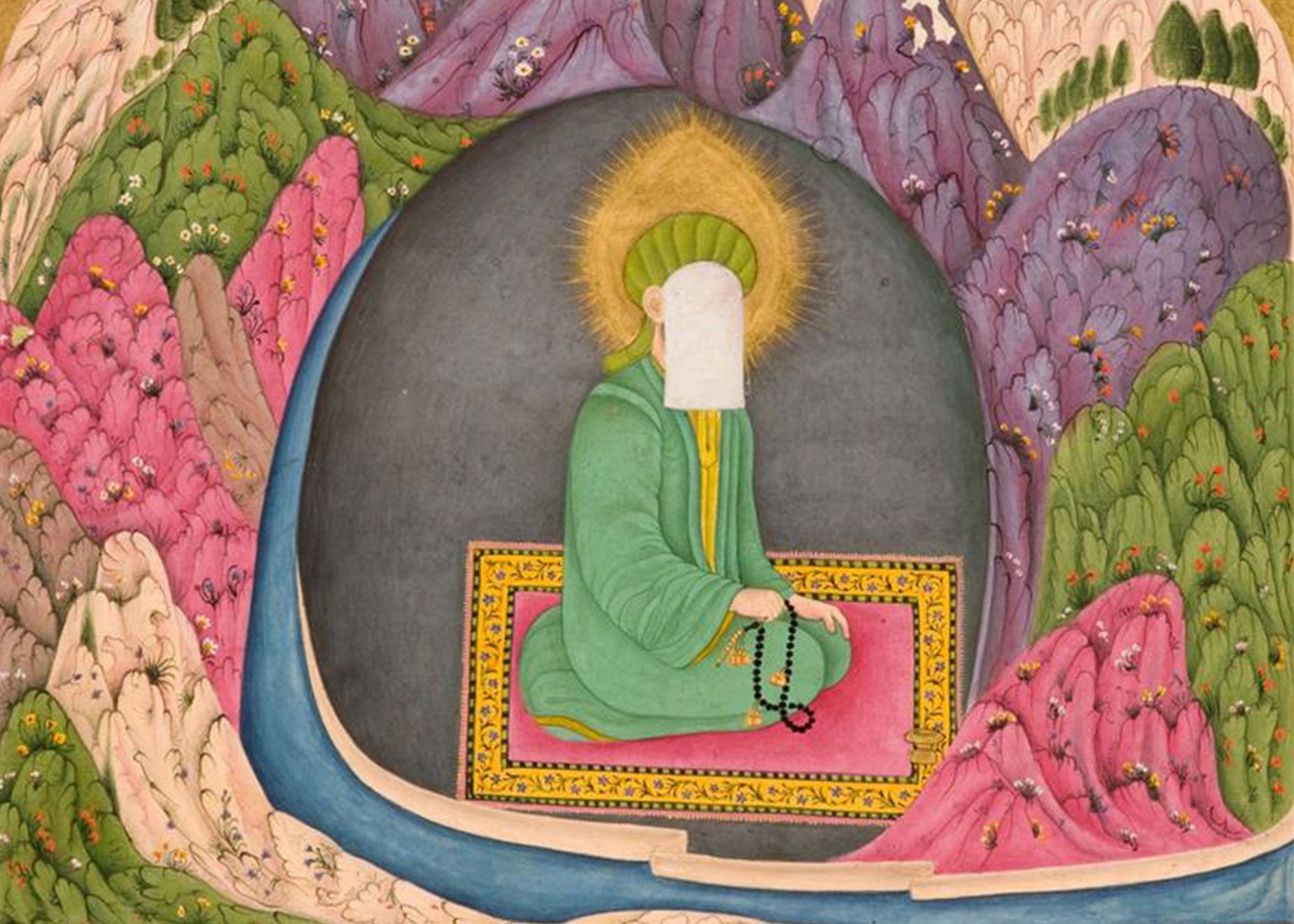Brands can come in two forms, with or without a head.
A head-brand has a human being at the forefront, serving as the charismatic leader of the organization or group. These figures become synonymous with the brand they represent, such as Elon Musk at Tesla and SpaceX, Richard Branson at the Virgin Group, or Do Kwon at Terra. These individuals embody the values and vision of their companies, creating a personal connection with customers and stakeholders.
On the other hand, a headless-brand intentionally chooses not to use a person's face. Instead, an amorphous persona drives the organization or group, creating a sense of mystery and intrigue. These brands rely on the power of their products or services to capture the attention of customers, rather than a specific individual. By remaining neutral and not associating the brand with a particular person or personality, they can appeal to a broader audience and avoid potential controversies or negative associations.
Examples of Headless-Brands
Some examples of brands without a head:
- Prophet Muhammad. In Islamic culture, there is an absolute prohibition against depicting Muhammad or any of the other prophets of Islam in any form. This prohibition stems from the belief that pictures and statues can encourage the worship of idols, which is strictly forbidden in Islamic teachings.

- Satoshi Nakamoto. Satoshi Nakamoto - the enigmatic name behind the creation of Bitcoin - has become synonymous with the revolutionary digital currency. However, the true identity of the person (or group of people) behind the name has never been definitively confirmed.

The Weeknd Example
The Weeknd was able to leverage the mystery of his headless brand to generate buzz and curiosity around his music. In the early days of his career, he purposely avoided showing his face in photographs and music videos, and rarely gave interviews. This created an air of mystery and intrigue around his persona, and made fans curious about who he was and what his music was all about.

The Weeknd also used social media to his advantage, releasing his music for free on platforms like Twitter and YouTube, which allowed his music to spread quickly and gain a following. As he gained more popularity, he slowly began to reveal more about himself, showing his face in promotional photos and interviews.
By strategically leveraging the mystery of his headless brand, The Weeknd was able to generate a significant amount of buzz around his music, which helped him break into the music industry and establish himself as a successful artist.
Remain neutral
A headless-brand, by definition, is a brand that doesn't have a single individual or spokesperson representing it. This means that there is no one person whose opinions, beliefs, or actions can be directly associated with the brand. This can help maintain neutrality in a number of ways:
- Avoiding bias: With a headless brand, there is no single person who can be accused of having personal biases that influence the brand's messaging or decision-making. This can help ensure that the brand remains impartial and unbiased.
- Preventing conflicts of interest: A headless brand can also help prevent conflicts of interest, as there is no one person who can be accused of putting their personal interests ahead of the brand's interests.
- Protecting against reputation damage: In the event that an individual associated with the brand is involved in a scandal or controversy, a headless brand can help protect the brand's reputation by avoiding direct association with that individual.
Be mysterious
A headless brand can create a sense of mystery and curiosity that can be very appealing to its audience in a few ways:
- Heightened intrigue: Without a clear leader or spokesperson, the audience is left to wonder who is behind the brand and what their motivations are. This can create a heightened sense of intrigue and mystery that can pique interest.
- Open to interpretation: A headless brand can be open to interpretation, as the audience is free to imagine who might be behind the brand and what their values and motivations might be. This can create a sense of mystery and curiosity that can draw people in.
- Emphasis on the brand, not the individual: With a headless brand, the focus is on the brand itself, rather than on any one individual. This can create a sense of curiosity about the brand and its values, rather than just the personality of the leader.
Drawbacks
While there are certainly advantages to waling headless as a brand, there are also some potential drawbacks to consider.
- Lack of personal connection: When there is no public face or persona associated with a brand, it can be harder for people to form a personal connection with the brand. This can make it more difficult to build trust and loyalty among the audience.
- Limited storytelling opportunities: A brand without a face or persona may have a harder time telling its story and connecting with its audience on an emotional level. People often respond more strongly to stories that involve relatable characters or personalities.
- Difficulty standing out: In a crowded market, a headless brand may have a harder time standing out and differentiating itself from the competition. Without a distinct personality or persona, it can be harder to capture people's attention and create a memorable impression.
- Suspicion: Some people may be suspicious of a brand that doesn't have a public face or identity. Without a clear leader or spokesperson, it can be harder for people to know who is behind the brand and what its values and motivations are.
- Limited potential for influencer marketing: A headless brand may have limited opportunities for influencer marketing, as there is no clear person to represent the brand and build relationships with influencers.
Reveal your Face
Going faceless can be a savvy move for a brand, especially if you plan to reveal your true identity later on. Take the example of Marshmello, the DJ who kept his identity a secret for a time before finally revealing himself to be Christopher Comstock (also known as Dotcom) in 2017. By creating a sense of mystery and curiosity around his brand, Marshmello was able to generate a lot of buzz and anticipation for his unmasking.

This strategy of starting out headless can be especially effective when trying to build a new brand or enter a crowded market. By keeping your identity a secret, you can pique people's curiosity and get them talking about your brand. This can help generate buzz and build a following even before you reveal your true identity.
Choose wisely
Both head and headless brands have their advantages and disadvantages, and the choice ultimately depends on the goals and values of the brand. A head-brand can create a strong personal connection with users, while a head-less brand can generate curiosity and interest in the brand itself.
Whichever path a brand chooses, it's important to carefully consider the potential benefits and drawbacks and find the approach that best aligns with their goals and values.

